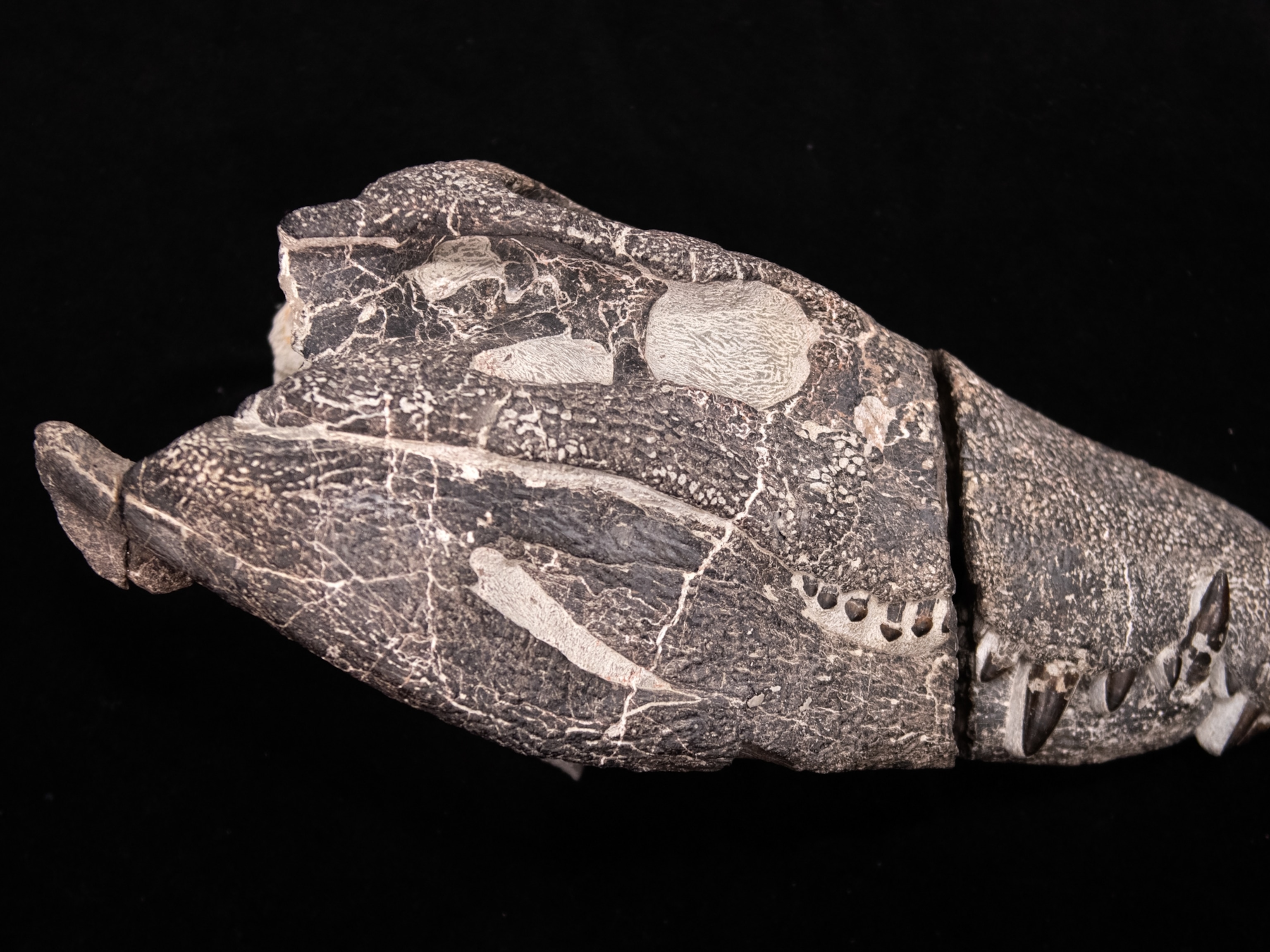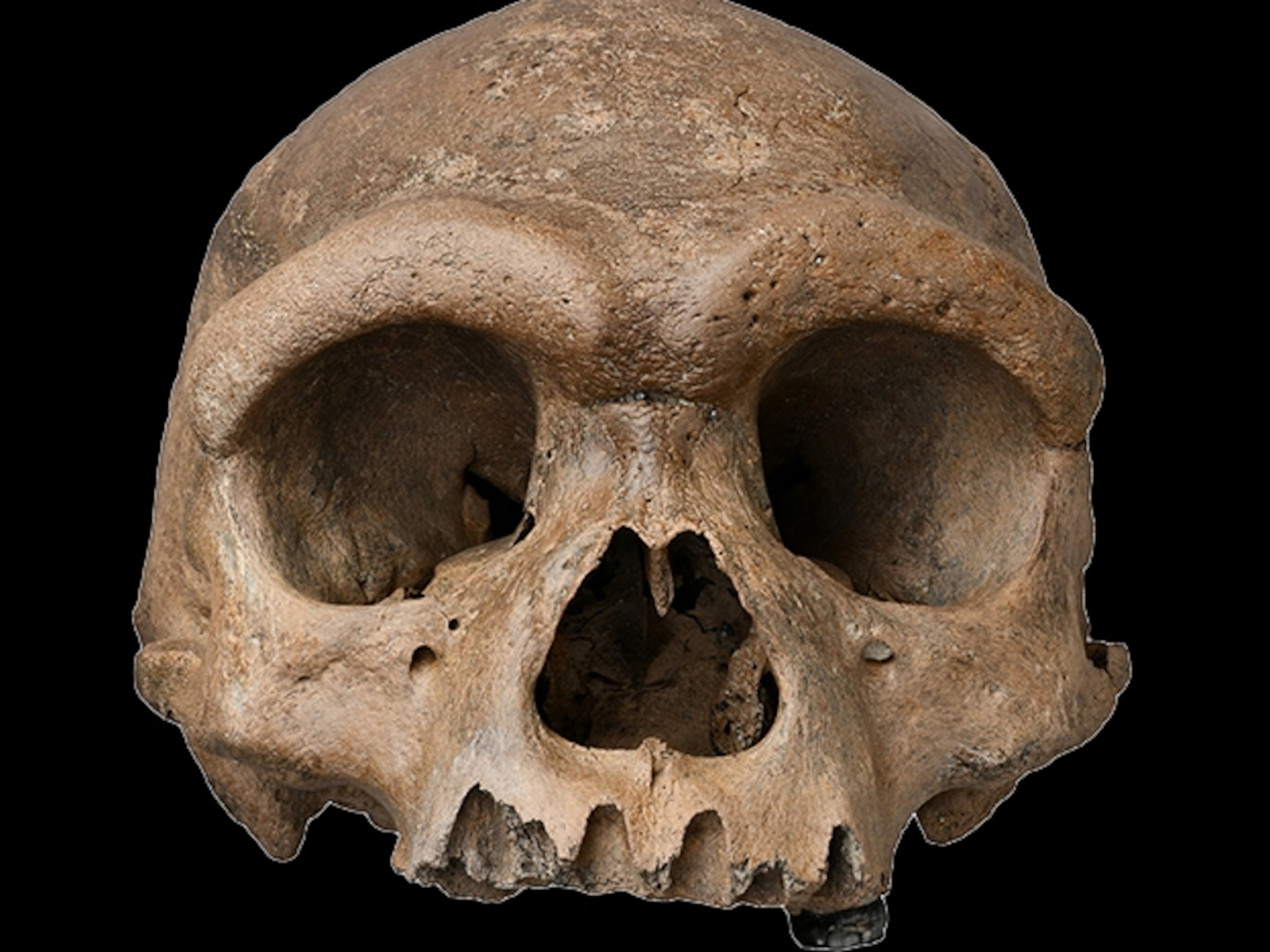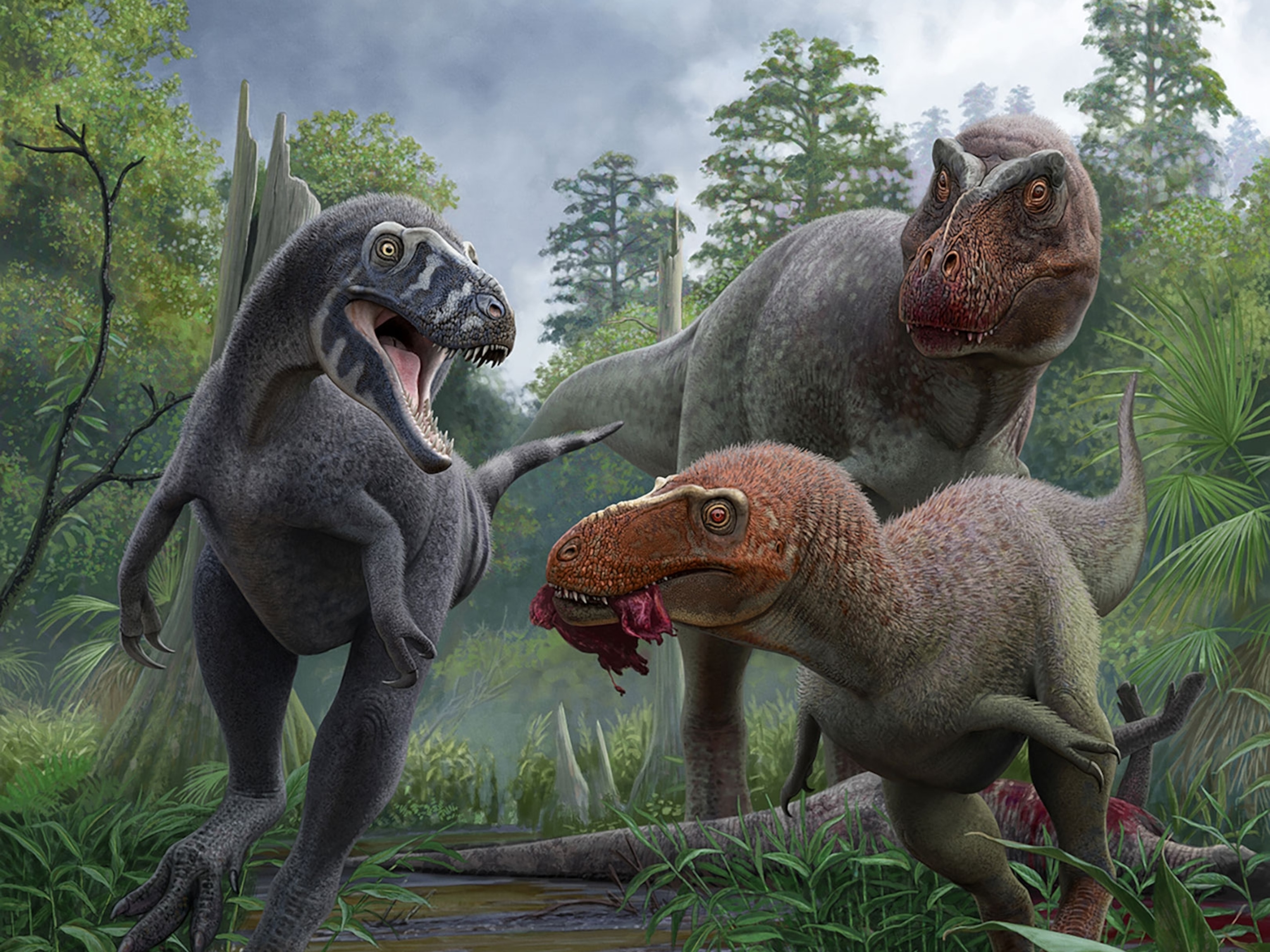
Was Six-Million-Year-Old Turd Auctioned for $10,000 a Faux Poo?
Paleontologists skeptical of "possibly the longest example of coprolite" offered at auction.
This past Saturday, a private collector paid $10,370 at auction for what was touted as a six-million-year-old turd. Billed in the auction house catalog as fossil feces measuring "an eye-watering 40 inches in length" and believed to be "possibly the longest example of coprolite ever to be offered at auction"—the squiggle certainly looked the part.
News services from NPR to the Daily Mail commented on the impending sale of such a singular piece of prehistory. But looks can deceive.
(The Surprising Science of Dinosaur Pee)
The item in a sale held by I. M. Chait in Beverly Hills, California, came from the Wilkes Formation in southwestern Washington State. These Miocene sites preserve what's left of a roughly six-million-year-old swamp, replete with plant material as well as peculiar lumps of mineral that are often appraised as coprolites—the scientific word for fossilized dung—by fossil dealers. They suspect that turtles, crocodiles, and mammals deposited the ancient scat.
(Dinosaurs' Gaseous Emissions Warmed Earth?)
But the alleged fossils don't show any signs of being produced by animals. They are, in fact, pseudo-poo, according to an article in the journal Ichnos by Whitman College paleontologist Patrick Spencer published in 1993.
Spencer collected and cut open hundreds of so-called coprolites from the Wilkes Formation. He was looking for bits of bone, vegetation, or indigestible residue that would confirm their excretory origins. He found only the iron-rich mineral siderite. This is in line with a 2001 study by Western Washington University geologist George Mustoe, who concluded that the weird wads were definitely not coprolites.
Plants and pressure made the coprolite copycats. "We found several pieces of carbonized tree trunks," Spencer says, "and these had the coprolite-looking pieces of siderite injected into them."
Spencer suspects that volcanic ash settled into the swamp, turned to clay, and was eventually squeezed so intensely by overlying sediment that it shot through knot-holes of dead trees. The effect was "like squeezing a tube of toothpaste", Spencer says, creating a "squiggly mass."
If the enormous auction "coprolite" were given to him to study, Spencer says, "I'd make a thin section to see if there was any residue in there from the last meal." But that's a long shot.
"I've done it with enough of them, and I haven't found a dang thing in there," Spencer says, adding, "I have written more than a few letters to fossil supply houses and asked them to stop selling them as coprolites."
Scientists Skeptical
Spencer wasn't alone in his skepticism. On the Integrative Paleontologists blog, Andrew Farke, curator at the Raymond M. Alf Museum of Paleontology in Claremont, California, pointed out that "the 'coprolites' from the Wilkes Formation are simply mud squirted out under the pressure or burial or perhaps as decaying organic matter produced methane."
Furthermore, Farke wrote, the Wilkes Formation "produce many random 'blobs' of similar composition, too; these just aren't picked up and sold as coprolites!"
Jake Chait, director of the natural history department at I. M. Chait, acknowledged the uncertainty surrounding the identity of the Wilkes Formation "coprolites." "None of us were really around" when the objects formed, Chait says, so resolving the identity of the objects relies on "educated guesses and that sort of thing."
These coprolite caveats were not included in the original item listing. Nevertheless, Chait insists that the item is authentic. "I stand by everything I sell," Chait says, and if a customer is not satisfied with their purchase, "I happily offer people their money back."
When they are done banging their heads against their specimen cabinets at the spectacle of mass media coverage for a presumably pseudo-coprolite, paleontologists can breathe a sigh of relief. If it were a coprolite, the sale to a private buyer would have been a significant loss to science. To paleontologists, coprolites are literally priceless stores of information.
Bones are wonderful, but "they leave a lot of gaps in figuring out how those animals lived and how they interacted with other organisms," says University of Colorado, Boulder, paleontologist Karen Chin. "Trace fossils like coprolites provide a different perspective that those body fossils don't answer."
Consider Tyrannosaurus rex. Paleontologists have found over 50 skeletons of the tyrant dinosaur, but the dinosaur's serrated teeth can only provide hints of what and how it ate. The details are in the dino dirt.
As part of teams that described two different coprolites left by large tyrannosaurs, Chin found that the carnivores weren't picky eaters. Some people had suggested that tyrannosaurs "would have fed on the soft tissues and avoided the bone," Chin says, "but when we do see bone in there, we can say no, they actually crunched through bone and ate the whole kit and caboodle."
Such delicate clues "get at the food web, the process of feeding, and to a certain extent provide clues about digestive processing too."





